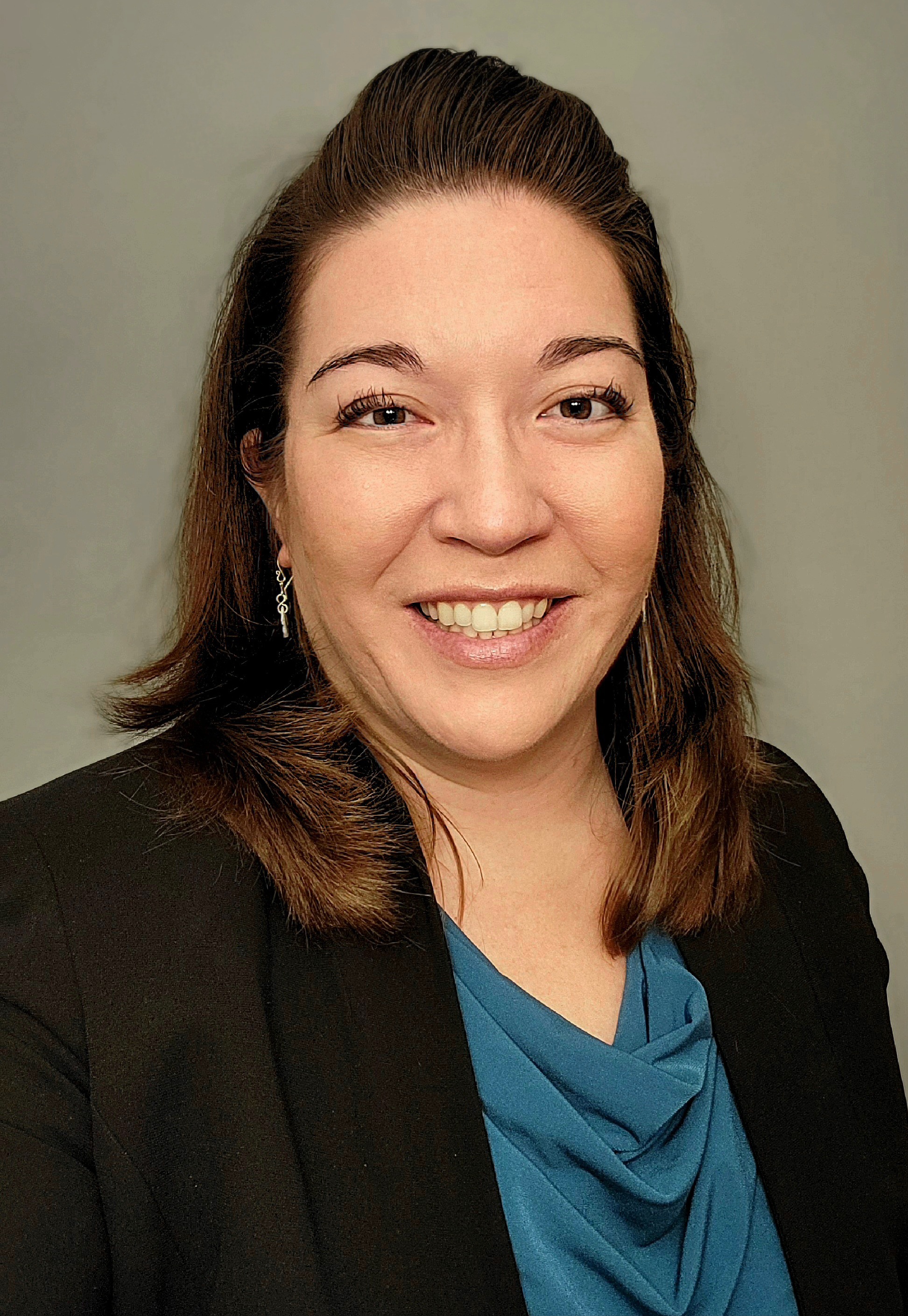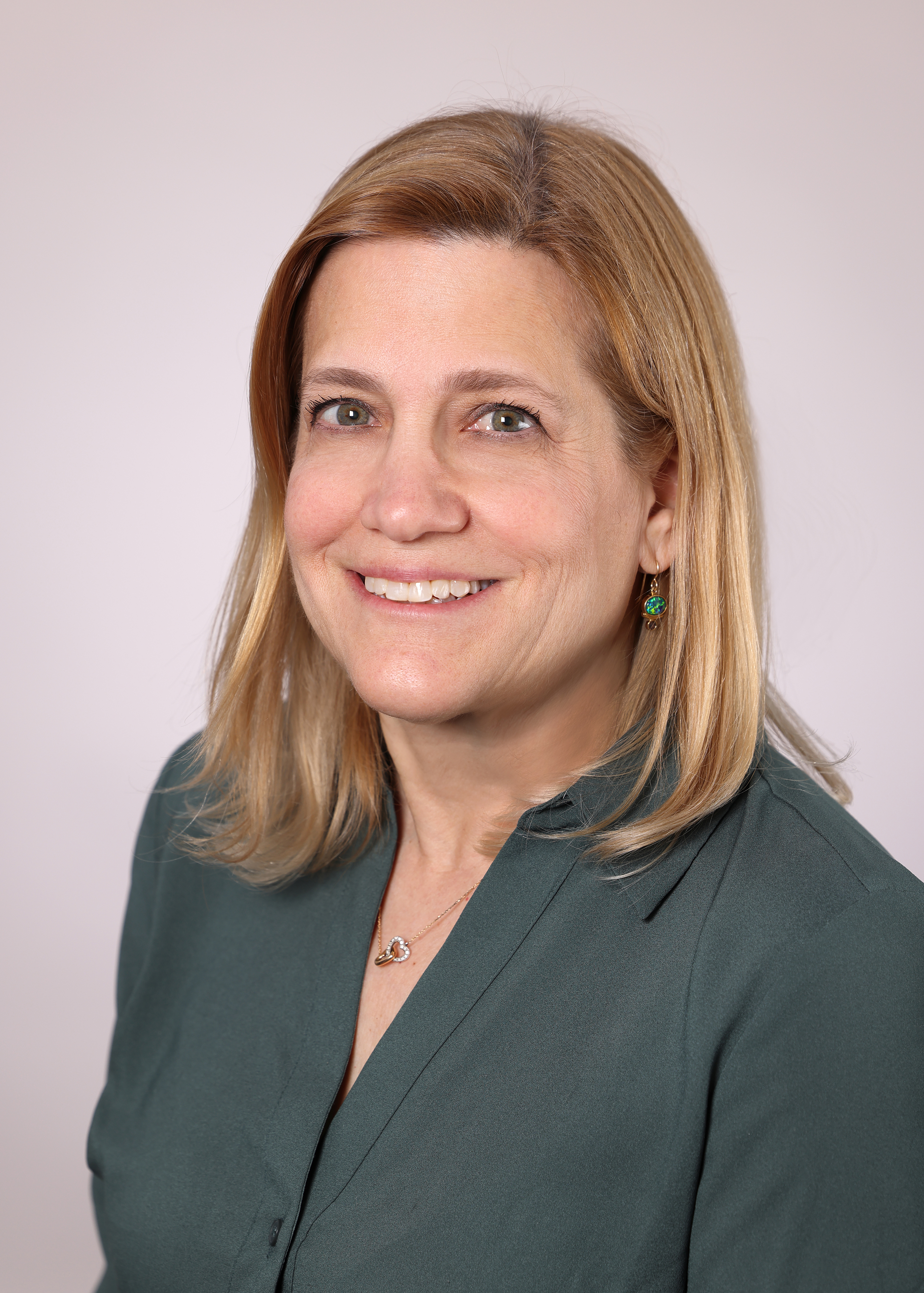Symposia
Suicide and Self-Injury
5 - (SYM 50) Examining the Effectiveness of a Suicide Prevention Program Across Adulthood for Patients Following an Emergency Department Visit

Ana Rabasco, Ph.D. (she/her/hers)
Postdoctoral Fellow
Brown University
Providence, Rhode Island, United States
Sarah Arias, Ph.D.
Assistant Professor/Research Psychologist
Butler Hospital & Brown University
Mansfield, Massachusetts, United States
Lauren M. Weinstock, Ph.D.
Professor
Alpert Medical School of Brown University
Providence, Rhode Island, United States- IM
Ivan Miller, PhD
Professor
Brown University
Providence, Rhode Island, United States - EB
Edwin Boudreaux, PhD
Professor
UMass Medical School
Worcester, Massachusetts, United States - CC
Carlos Camargo, Jr., MD, DrPH
Professor
Massachusetts General Hospital, Harvard Medical School
Boston, Massachusetts, United States 
Lisa M. Horowitz, M.P.H., Ph.D.
Senior Associate Scientist / Pediatric Psychologist
National Institute of Mental Health, NIH
Bethesda, Maryland, United States- JB
Jeff Bridge, PhD
Director
Center for Suicide Prevention and Research
Columbus, Ohio, United States - TS
Tesia Shi, B.S.
Postbaccalaureate Research Assistant
National Institute of Mental Health
North Potomac, Maryland, United States - RM
Ritika Merai, B.A.
Postbaccalaureate Research Assistant
National Institute of Mental Health
Rockville, Maryland, United States .jpg)
Brandon A. Gaudiano, Ph.D.
Professor
Alpert Medical School of Brown University
Providence, Rhode Island, United States
Speaker(s)
Co-author(s)
In 2021, suicide was the 9th leading cause of death for people ages 10-64 years (CDC, 2023). Suicide rates differ based on age, with young adults and older adults demonstrating disproportionately high rates of suicidality (NIMH, 2023). Recent research has noted the importance of adapting suicide interventions by age of participant (Ammerman et al., 2019). The Coping Long Term with Active Suicide Program (CLASP), a multifaceted, adjunctive intervention designed to target suicidality through case management, individual therapy, and family/significant other involvement, has been shown to be efficacious in reducing suicidal behaviors (SBs). The aim of the current study was to describe CLASP’s effectiveness in reducing SBs following an emergency department (ED) visit across age groups; we sought to identify possible age groups that might benefit more or less from the treatment. The overarching study recruited participants from 8 EDs in the US who presented with recent suicidal thoughts or behaviors and used a quasi-experimental, stepped wedge series design, following participants for 52 weeks. For the current analyses, only those participants in the intervention phase (CLASP) were included (n = 501; Mage = 37 years; 69% non-Hispanic white; 56% female). Participants were grouped into the following categories: young adults (18-24; n = 136), adults (25-54; n = 313), and older adults (55+; n = 53). A survival analysis showed that young adults had significantly longer mean time to SBs (42 weeks) compared with adults (34 weeks) and older adults (34 weeks), Χ2 = 15.82; p < .001. Because sex and lifetime suicide attempts differed between age groups, multivariable Cox regressions were conducted to control for those factors. The pattern of results did not materially change: young adults had significantly lower risk of SBs over the study period than adults (adjusted hazard ratio = .49, 95% CI = 0.34 - 0.72, p = < .001) and older adults (adjusted hazard ratio = .44, 95% CI = 0.26 - 0.73, p = .002). This was despite older adults completing significantly more CLASP phone sessions (M = 4.42; SD = 3.35) than the young adults (M = 2.65; SD = 2.98) and adults (M = 2.96; SD = 3.27), F = 6.01, p = < .01. These findings suggest that young adults respond better to CLASP when compared to other age groups, even though older adults utilized the intervention more. This highlights the importance and utility of connecting young adults with CLASP or similar suicide-specific interventions in ED settings.

.png)
